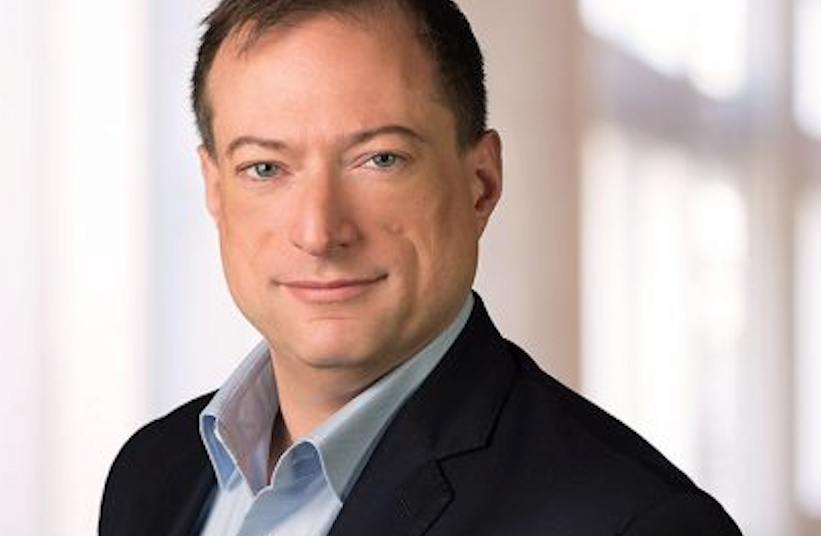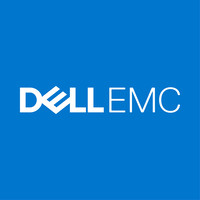Or listen in your favorite podcast app
Apple Podcasts / Google Podcasts / Stitcher
John Roese is the Global Chief Technology Officer of Products and Operations at Dell Technologies and he’s helping guide the company on its journey as one of the largest and most influential in the tech world. From hyperconnectivity to 5G to computing on the edge, John says that Dell Technologies has a hand in all of it, and each of those innovations will eventually change the internet and the world as a whole. He explains all of that on this episode.
Best Advice: “Pay attention to all of the technology landscape. Ask when you see something like 5G, don’t just write it off. How is this relevant to me? Ask your suppliers, ask your partners to help you understand the technology, but realize many of the technologies aren’t going to matter in the near term, but they might be disruptive in the long term.”
Key Takeaways:
- Being a CTO is about properly calculating and executing business initiatives
- The future of the internet will be dictated by hyperconnectivity, 5G and edge computing
- Digital transformation is a never-ending journey
John’s start in tech and his role as Global CTO
Although John has always been a bit of a self-proclaimed technical geek, when he went to college, he literally flipped a coin to decide whether to study law or engineering. The coin flip led him to study engineering, and he eventually started his career at a company called Cabletron and climbed the corporate ladder to become CTO. He followed that with stints as the CTO at various other companies before landing with EMC in 2012, which eventually merged with Dell. Today, John is the Global CTO, which, as John says, is more a combination of many roles as opposed to a singular defined job. Ultimately, though, John says that he is responsible for making sure that all of the companies initiatives and strategies are aligned with the business goals and that he is always pushing the company forward. Understanding and assessing the technology ecosystem is a tough job and it can be dangerous if you miscalculate, so there is always a lot of pressure.
“The CTO at a very large company like this is making sure that our strategies, activities, our insights are aware of what’s coming next. The thing about the technology industry is that you have to keep moving. Standing still is a bad thing. In fact, it’s a death sentence in most cases for most companies”
“There are lots of examples where people got enamored with a technology, bet on it, and it turned out to be the wrong one. And if you’re a small company, I guess you couldn’t recover… But with a company of our scale, we have to do that across a massive set of technologies. In fact, today, my remit is really helping us develop the strategies to navigate everything from edge to 5g to AI, to the next generation of cloud environments to the data ecosystem. There’s just a huge surface area of emerging technology challenges coming at us. And my job — using a combination of open innovation, traditional research, collaboration in the industry, coordination with our businesses — is to make sure that we head in the right direction as we navigate all of these interesting, let’s call it inflections that are coming at us.”
The future of the internet
There are obviously an infinite number of possibilities when it comes to the future, but John believes that when it comes to the internet, the first thing that will happen is that connectivity is going to grow which will create a more intelligent system. With hyperconnectivity, John says so much is possible. But with all that connectivity comes even more data than ever before. Building the infrastructure to handle that is one of the big challenges John says the industry faces.
John is also bullish on the prospect of 5G, which he believes will be the first truly cloud-friendly wireless network. He also believes that 5G will bring about the manifestation of the global edge and computing in real-time.
Multi-cloud environments will also be ubiquitous in the future, John says. In fact, when you think of hyperconnectivity and 5G and edge computing, using a multi-cloud system will really be the only viable option. What he is working on at Dell is trying to find a way to connect all the different clouds in a more sustainable way.
“Right now we kind of interact with the network and we tell it what to do and it works on our behalf to some degree, but it doesn’t understand us. What’s happening is the networks and the communication systems and even the cloud infrastructures are starting to become aware of what we’re trying to do. They are taking over work that we historically would have to do and they’re working on our behalf.”
“Hyperconnectivity is going to allow us to do things in very different ways.”
“If we end up with a collection of random clouds as our infrastructure and no way to coordinate across it and to make it into a system, the exponential increasing chaos and effort that materializes is just overwhelming. The thing that people are really struggling with right now — and it’s definitely what Dell technologies is focused on — is we don’t need to create more clouds. There’s plenty of them. What we need to do is create unification technology. We need to create environments in which those clouds can actually talk to each other with consistent software-defined networking.”
The merits of open-source
When John first came on board, open-source was viewed as a bad word. The mindset had to change in order to see the full potential of working in open-source. There is a certain community that is created through open-source work which can be utilized to solve really big problems.
How to look at digital transformation
The digital transformation of a company is an ongoing journey — one that will likely outlast any particular CIO or CTO. A successful digital transformation involves a lot of baby steps taken toward a north star, which is the growth of your company.
“Digital transformation isn’t just a point in time — it’s a longterm journey that might go on well beyond your existence in whatever role you’re in. So you have to look at what’s possible and try to figure out incremental steps in the right direction.”
“It’s really a matter of separating the aspirational longterm goal from the tactics to get there. And the tactics around technology tend to mean you have to understand it well, understand what’s achievable today and go do it because those are steps to get you to bigger outcomes that will happen later.”




